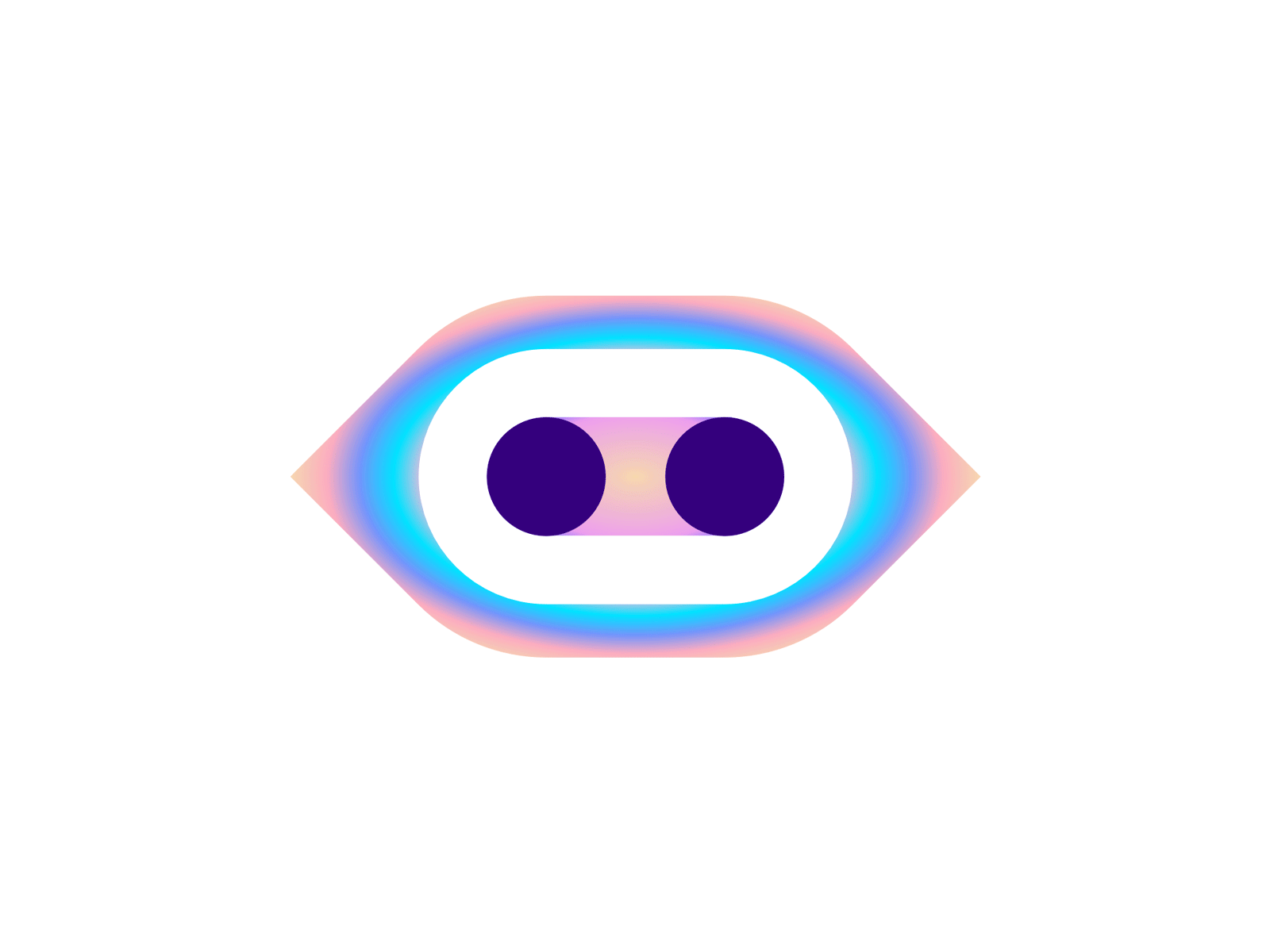Figma for 20 billion. A story about the difficult reality of building a startup and the myth of overnight success.
Figma is a startup that Adobe is going to acquire for $20 billion. And co-founder and CEO Dylan Field is on the Forbes 30 under 30 list.

Figma is a startup that Adobe is going to acquire for $20 billion. And co-founder and CEO Dylan Field is on the Forbes 30 under 30 list.
Sam DeBruhl (co-founder of the heyday service) on Twitter told how the Figma company started, which developed an online graphic editor.
According to him, the service literally arose out of chaos, there was no "instant success", and its founders from the very beginning did not understand what they wanted to do and scared discouraged investors with their uncertainty.
In the story, DeBruhl used Figma co-founder Dylan Field's online to show it to entrepreneur. Daniel Gross from 2020. It was a live broadcast, during which Field presented his company as if he was in 2013.

Figma was founded by Dylan Field and his friend Evan Wallace, with who he studied at Brown University with. In 2012, Wallace graduated from Brown, and Field dropped out to apply for billionaire Peter Thiel's scholarship of up to $100 thousand.

In his scholarship application, Field mentioned that he planned to build cheap drones. But Wallace discouraged him - in part because they couldn't come up with a drone concept that wouldn't harm people or violate their privacy.

The next project that the friends took up was Wallace's old development - a three-dimensional demo of a ball in a pool of water, which worked in the browser and was quickly processed by the processor.

They decided that they could use the technology to create a full-fledged "Photoshop in a browser". But as Photoshop has so many features and applications, they created a series of disparate projects:
- Poisson image blending using CPU
- Cutting objects from images
- Photo editor
- Meme generator



The team spent a week creating a meme generator. Dylan calls it "the worst week of Figma", after which he regretted dropping out of university, because the generator was meaningless.
The team lacked focus on one project, everyone had their own opinion on for Figma. At Figma's seed round in 2013, Greylock Partners venture capitalist and former Mozilla CEO John Lilly was honest with Dylan, telling him, "I just don't think you know what you're doing."
Field gathered the whole team to choose one direction in which they would develop. They gave up photo editing, animation, 3D design and other features in favor of interface design.
The idea of Figma was written in one document. With a common vision and goal, the project began to develop much faster. The main task was to do for design what Google Docs did for document processing and GitHub did for coding.


Lilly, represented by Greylock, ended up leading a $14 million A round of investment. Field calls him "a key force at Figma".
According to him, the investor was "right about everything". Lilly helped to understand that Figma would be engaged in the interface editor, and also suggested that the service should support the collaboration function.
In 2013, Figma raised $3.8 million in funding. The first closed version of Figma was released in December 2015, and the public launch took place on September 27, 2016. Initially, the service worked only in the browser, but now there are mobile and desktop applications.
In August 2019, Figma released tools for developing third-party plugins, which became one of the main features of the product.
For 2022, the total investment in Figma amounted to $332.9 million and by 2023 Adobe plans to close the acquisition of Figma. The deal amounted to about $20 billion.
The process of creating a startup is never easy, but as Dylan told Daniel Gross: "Life is pretty good if you build things that you find interesting. Keep building and exploring. You may end up in a place you never expected."
What's Your Reaction?













![[VIP] DesignCode: Build Beautiful Apps with GPT-4 and Midjourney](https://design.rip/uploads/cover/blog/designcode-gpt4.webp)
![[VIP] AppCoda: Mastering SwiftUI - Professional Packet (Updated 04.2023)](https://design.rip/uploads/cover/blog/appcoda-mastering-swiftui-professional-packet-worth.webp)
![[VIP] AppCoda: Beginning iOS Programming with Swift (Updated 04.2023)](https://design.rip/uploads/cover/blog/appcoda-beginning-ios-programming-with-swift.webp)
![[VIP] Whoooa! 156 vector Lottie animations](https://design.rip/uploads/cover/blog/whoooa-156-vector-animations.webp)








